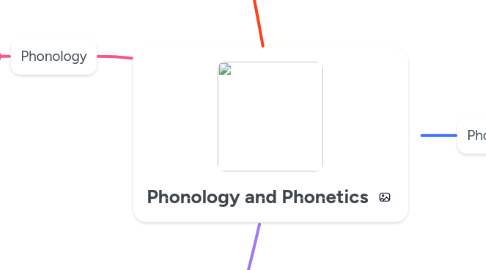
1. how sounds are received
2. Phonology
2.1. definition
2.1.1. a system for describing and recording the sounds of language objectively.
2.2. articulatory phonetics
2.2.1. lungs
2.2.2. vocal tract
2.2.3. nasal cavity
2.2.4. voca l fold
2.2.5. oral cavity
2.3. Segmental
2.3.1. Vowels
2.3.1.1. speech sound made by vocal
2.3.1.1.1. Long vowels
2.3.1.1.2. short vowels
2.3.1.2. Front and back
2.3.1.2.1. high
2.3.1.2.2. mid
2.3.1.2.3. low
2.3.2. Consonants
2.3.2.1. are produced by entirely or almost entirely stopping the airstream coming from the lungs.l
2.3.2.1.1. voicing
2.3.2.1.2. nasality
2.4. Phoneme
2.4.1. is the smallest distinct sound unit of a particular language example ¨pat¨ and ¨rat¨
3. manner of articulations
3.1. stops
3.1.1. full stoppage of the airstream some- where in the oral cavity between the vocal folds and the lips
3.2. fricatives
3.2.1. constriction of the airstream in the oral cavity producing turbulence and noise
3.3. affricatives
3.3.1. full stoppage of the airstream followed immediately by constriction
4. Phonetics
4.1. place of articulation
4.1.1. Bilabial
4.1.2. glottal
4.1.3. Dental
4.1.4. Alveolar
4.1.5. Palatal
4.1.6. Velar
4.2. Definition
4.2.1. Concerns itself with the ways in which languages make use of sounds to distinguish words from each other.
4.3. Aproximants
4.4. lateral
4.4.1. approximants are made by touching the tongue to the alveolar ridge while allowing the air to pass along one or both sides
4.5. central
4.5.1. approximants are made by raising the sides of the tongue so that the air flows along the center of the tongue
4.6. glides
4.6.1. come in two kinds: palatal and labio-velar
